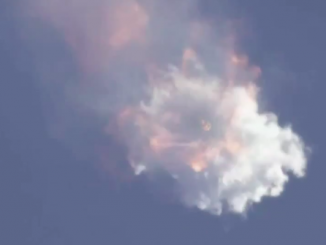
News

Falcon 9

Falcon 9

Falcon 9

Falcon 9

Falcon 9

News
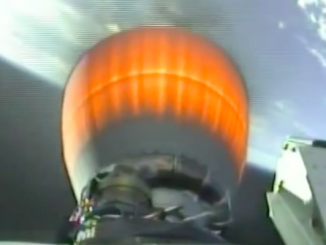
Falcon 9
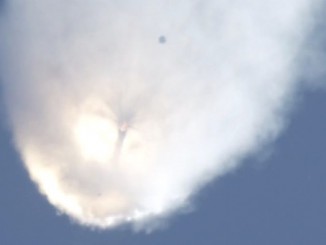
Falcon 9
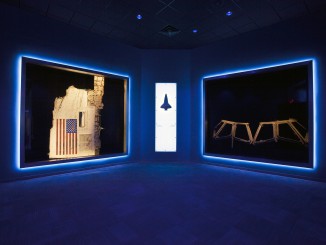
News
Shuttle memorial honors crews, orbiters
In the first memorial of its kind, NASA and the families of the 14 men and women who lost their lives aboard the shuttle Challenger in 1986 and Columbia in 2003 have joined together to remember the astronauts with pictures, personal mementos and, in an emotional first, iconic wreckage from both orbiters.
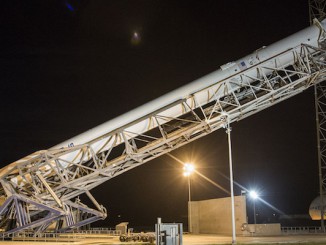
Falcon 9
